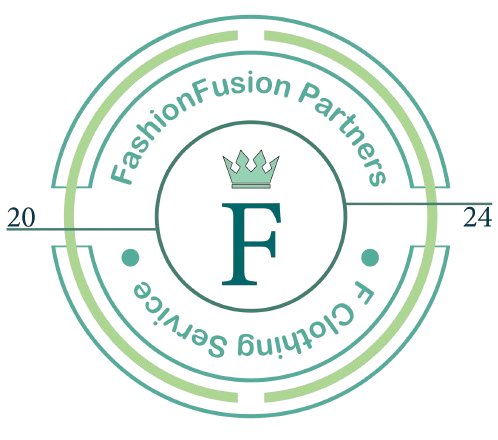Detecting clothing designs typically involves recognizing specific patterns, styles, materials, and other visual or structural elements that distinguish one design from another. Here are a few methods commonly used to detect and identify clothing designs:
1. Computer Vision and Machine Learning
- Image Recognition: Tools like Convolutional Neural Networks (CNNs) are trained to recognize different clothing items and designs from images. This is often used in fashion apps for identifying clothes in photos.
- Pattern Recognition: AI models can be trained to detect specific patterns, fabrics, and cuts in clothing, helping to identify unique designs.
2. Barcode and RFID Tags
- Barcode Scanning: If your clothing has tags with barcodes, these can be scanned to identify the design, model, and other details.
- RFID Technology: RFID tags embedded in clothing can be scanned to retrieve detailed information about the design, including materials, production details, and more.
3. Visual Analysis
- Human Expertise: Designers and fashion experts can visually inspect clothing to identify key design elements such as stitching, fabric, patterns, and overall style.
- 3D Scanning: Advanced 3D scanning can capture the exact shape and structure of clothing, allowing for detailed analysis of the design.
4. Digital Design Files
- CAD Files: If the clothing design is created using CAD software, the digital files can be analyzed for specific design elements, including patterns, dimensions, and materials.
5. Social Media and Image Search
- Reverse Image Search: Uploading an image of the clothing design to a search engine or a fashion-specific platform can help find similar designs and identify trends.
6. Fabric and Material Analysis
- Microscopic Examination: For detailed analysis of fabric and stitching, microscopic tools can be used to identify materials, weave patterns, and other fine details.
- Material Testing: Labs can test the materials used in the clothing for quality, type, and durability, which can be a part of identifying the design.
7. Metadata and Documentation
- Design Documentation: If your design process includes thorough documentation (e.g., sketches, notes, digital files), this can be used to identify and protect your design.
- Fashion Databases: Many companies use fashion databases that catalog different designs. These can be used to search for and identify specific styles and trends.
Would you like to explore any of these methods further, or do you have a specific design that you want to detect or analyze?




